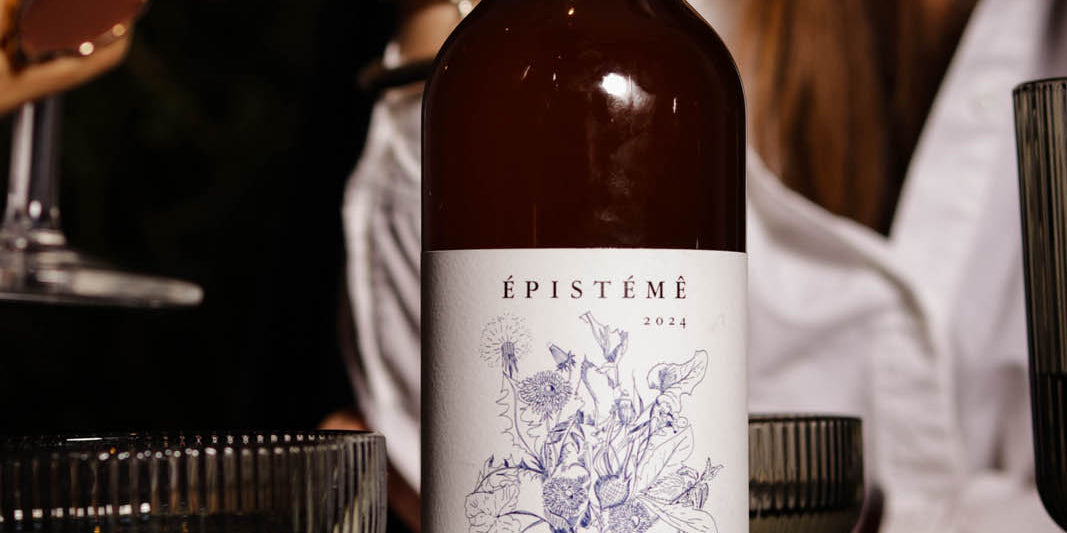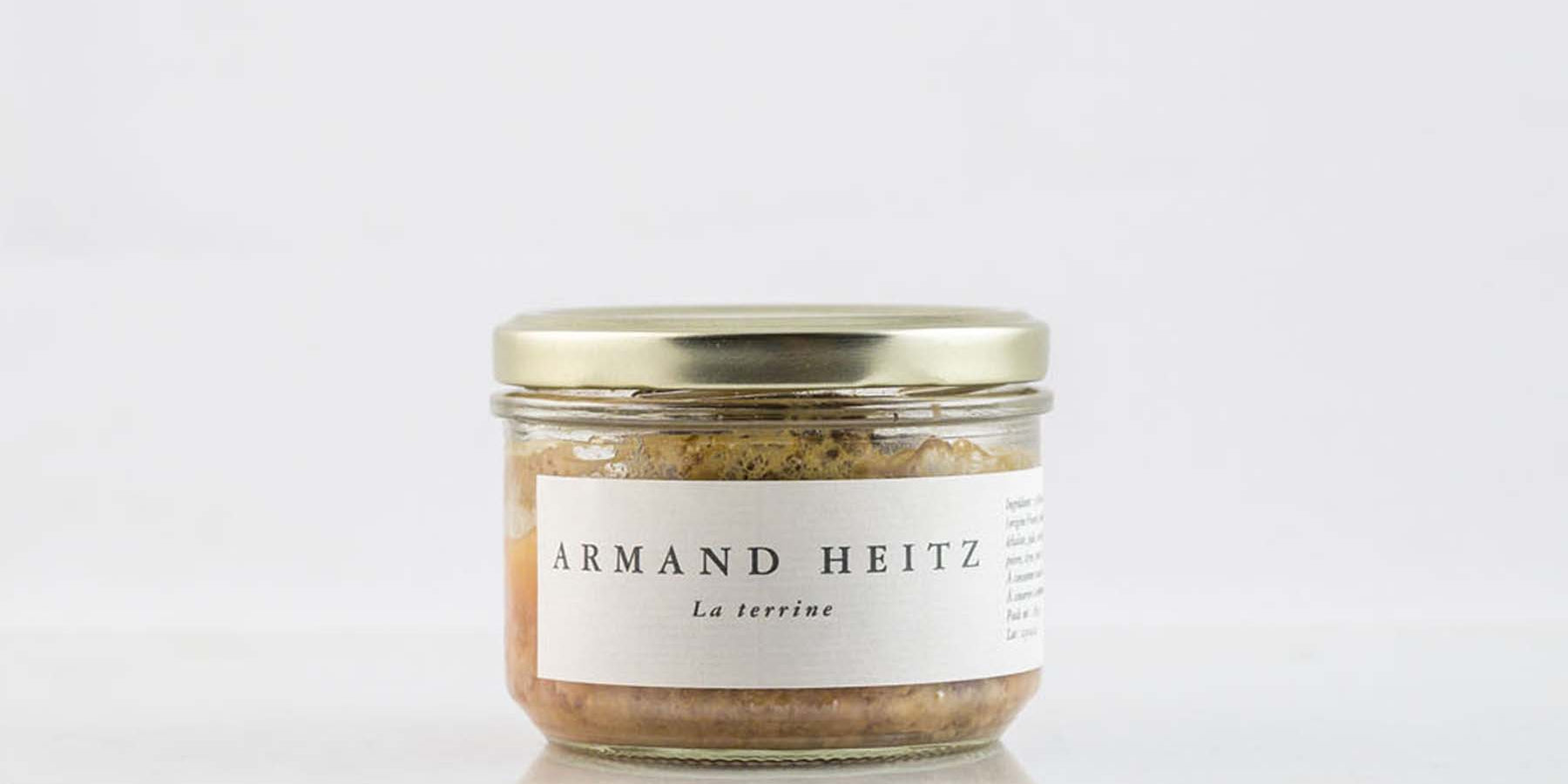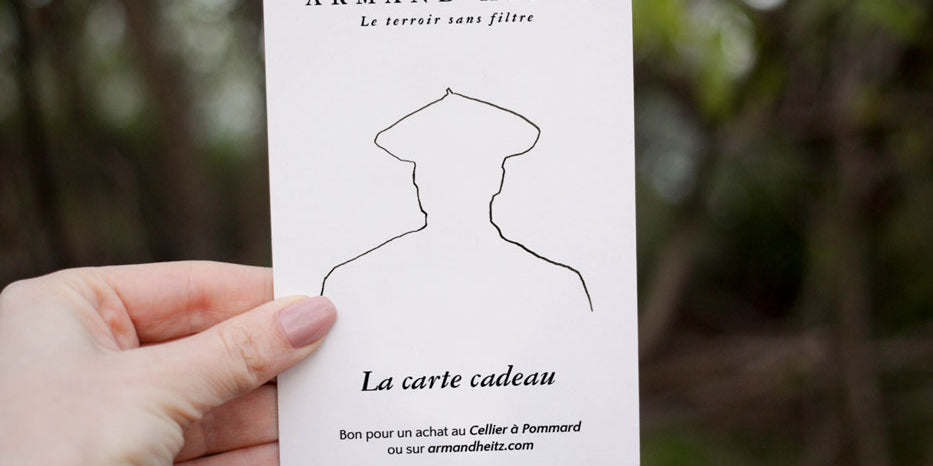In a tasting cellar, it is easy to talk about pigeage, harvest date, age of the barrels and in Burgundy, you taste with your feet in the cellar with your eyes riveted on a map of the vineyard. Yes, the “Climate”, in the Burgundian sense, takes on its full meaning.
In Burgundy, we are lucky to inherit a precise mapping of the vineyard initiated in the Middle Ages by the monks. The work in the vineyard was based on observation and techniques close to the earth. Economic and industrial development has distanced us from this rich work in connection with the earth and the natural elements. Today, we are fighting to maintain this heritage, which has been turned upside down by the new climatic data of the 21st century.
Let's get back to the ground. Where everything takes root. The Côte de Beaune and the Côte de Nuits are the result of millions of years of movements of tectonic origin due to the uplift of the Alpine massif and of geological origin with the natural erosion of the surface substrates. The wine coast stretches from West to East with an elongated S-shaped topography. To better understand this diagonal cut and thus go back in time during the Jurassic period, this diagram is worth all the great speeches:

The landscape of the Côte vineyard is marked by different factors:
- limestone rocks (hard limestone and marl) on which the soils evolved
- the fault formations have created a diversity of soil types with the rise to the surface of formations of different rock ages
- significance of alluvial fans in the piedmont linked to the digging of valleys
- the presence of plain alluvium at the foot of the slope
- soil erosion at the bottom of the slope due to rows planted in the direction of the slope
- soil modification by man over the centuries
So much richness and complexity that offer multiple possibilities. Observe the topographic situation of the plot and analyze the geo-pedological formation to adapt the plant material and the cultivation methods. A vast program where trusting the climate and nature would be a doorway to “wild” viticulture (in reference to the philosophy of Masanobu Fukuoka). Careful, don't make a caricature of the rain caster on the hill! Here, “wild” implies observation, understanding, analysis, precision and above all work in connection with nature.

It all starts with the choice of rootstock and grape variety. Aligoté is a good example of adaptation to soils that are more sensitive to cold. Indeed, this later variety is naturally resistant to potential episodes of frost. No need for heaters or other human means to fight against nature.
Cultivation methods also have a big impact. Plowing, treatments and any intervention in the plot disturb a natural balance. A plant, like animal species, naturally adapts to its environment if it is given every chance at the start. Put under infusion, constrain, assist or intervene, so many actions that weaken the natural vigor of the plant.

In Burgundy, we are fortunate to know our soils and we benefit from exceptional conditions for the vines. Our responsibility is to observe this Nature, which has been so generous for centuries, in order to continue to adapt to it and not impose a fixed regulatory yoke on it, with economic issues at the bottom of the line.
Marie-Pierre Dardouillet / Cepages Communication Agency
Sources:
https://vinepaircom/articles/illustrated-guide-wine-soils/The One Straw Revolution, Masanobu Fukuoka
.









